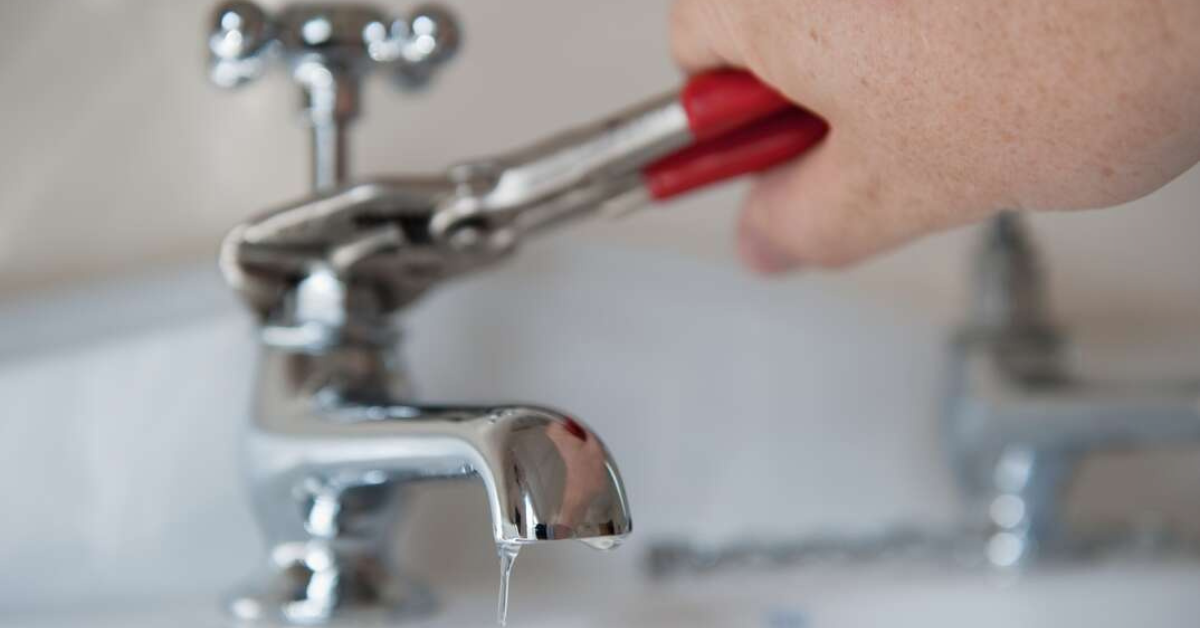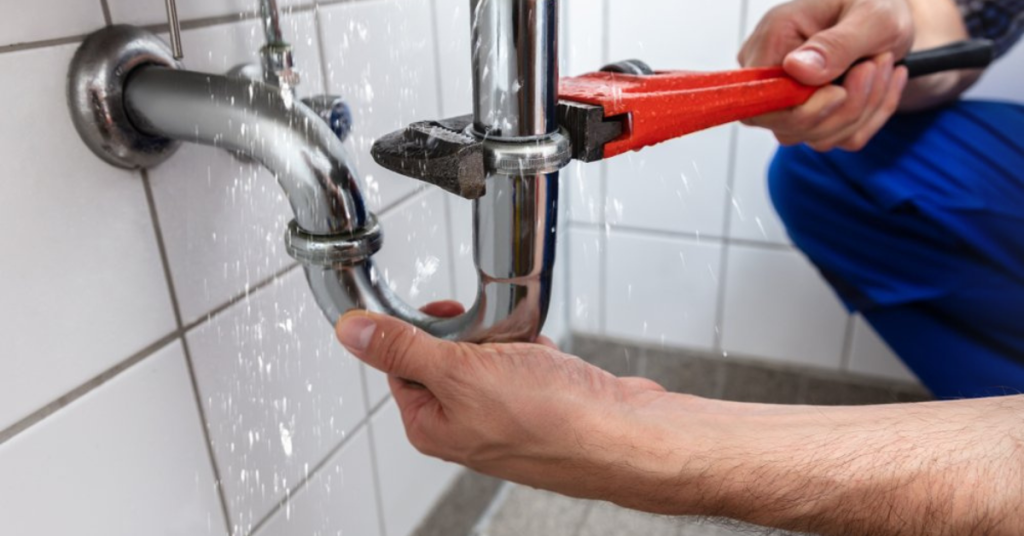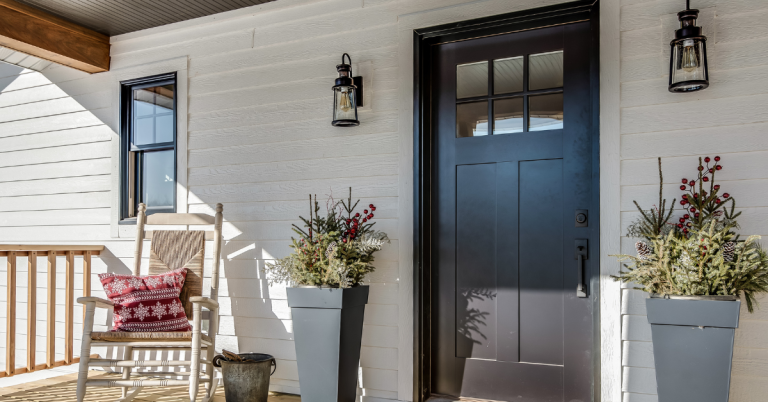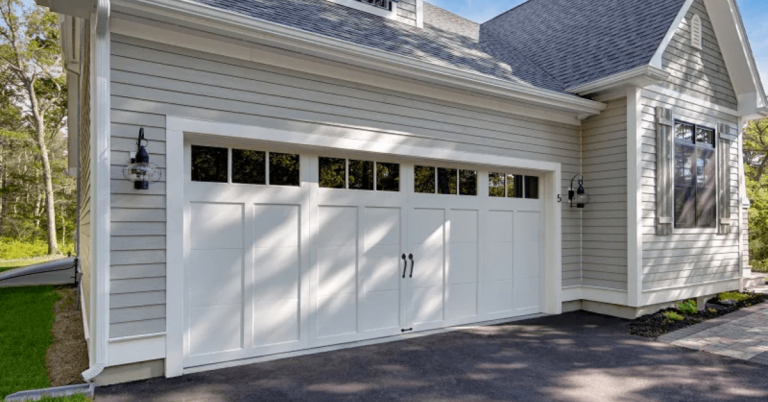Common Plumbing Problems and How to Fix Them

Plumbing problems often plague homeowners, yet knowing how to tackle them can save both time and money. Seasonal changes can strain plumbing systems, but being equipped to handle common issues can avert major disruptions. This guide will explore several typical plumbing challenges and offer simple solutions to ensure your home’s system runs smoothly.
1. Dripping Faucets
Dripping faucets are not only annoying but can also lead to significant water wastage. The usual culprit is a worn-out washer or O-ring, which can be replaced fairly easily. Here’s how:
- Turn off the water supply to the faucet.
- Remove the faucet handle with the appropriate screwdriver.
- Replace the old washer with a new one that matches in size and type.
- Reassemble the faucet and turn the water supply back on.
This simple repair can save gallons of water and reduce your utility bills, making it a quick win for homeowners.
2. Slow or Clogged Drains
Whether it’s a kitchen sink or a bathroom drain, clogs can disrupt daily activities. For minor clogs, a plunger or a plumber’s snake can be effective. Here’s how to handle a clogged drain:
- Use a plunger: Place it over the drain and pump vigorously several times. If the clog loosens, run hot water to clear residue.
- Use a plumber’s snake: Insert the snake into the drain and turn it until you feel resistance. Push to break apart the clog, then retract the snake and flush the drain with water.
For persistent clogs, consider a biodegradable drain cleaner, but avoid using harsh chemicals that can damage pipes.
3. Running Toilet
A running toilet can waste a large amount of water, increasing your water bill significantly. To fix a running toilet:
- Check the flapper valve: Ensure it isn’t worn out or misaligned.
- Adjust the float: Sometimes, the float is set too high, causing water to continue filling the tank.
- Inspect the fill tube: Make sure it’s not damaged and is attached properly.
These fixes can help residents manage their water usage more effectively and avoid unnecessary costs.
4. Leaky Pipes

Leaks in pipes can cause damage to your home if not addressed quickly. To temporarily fix a leaky pipe:
- Turn off the water supply and drain the affected pipe.
- Apply a pipe clamp or use epoxy to seal the leak until a professional can make a permanent repair.
- Check the pipe for signs of corrosion or damage that might indicate the need for replacement.
Homeowners should consider regular inspections to detect leaks early, especially in older homes.
5. Water Heater Issues
Water heaters are essential, especially during the colder months. Common issues include no hot water, rusty water, or a noisy tank. Here’s what you can do:
- Check the pilot light on gas water heaters if there’s no hot water.
- Flush the tank annually to prevent sediment buildup, which can cause rust and inefficiency.
- Inspect the anode rod and replace it if it’s corroded to extend the life of your water heater.
Read Also: How 24-Hour Pest Control Can Handle Any Infestation
Empowering Homeowners
In Kaysville, understanding and addressing common plumbing issues enables homeowners to maintain their homes efficiently. Simple problems like a leaky faucet or clogged drain often have basic DIY solutions, saving both time and money. However, more complex issues such as sewer line problems or significant pipe corrosion should be handled by professional plumbers to ensure safety and longevity. These experts possess the necessary tools, skills, and experience to diagnose and fix issues accurately.
Proactive plumbing maintenance not only prevents major repairs but also enhances your home’s value and functionality. Regular inspections, timely repairs, and preventive measures like insulating pipes in winter significantly contribute to the effective upkeep of your plumbing system.







2 Comments